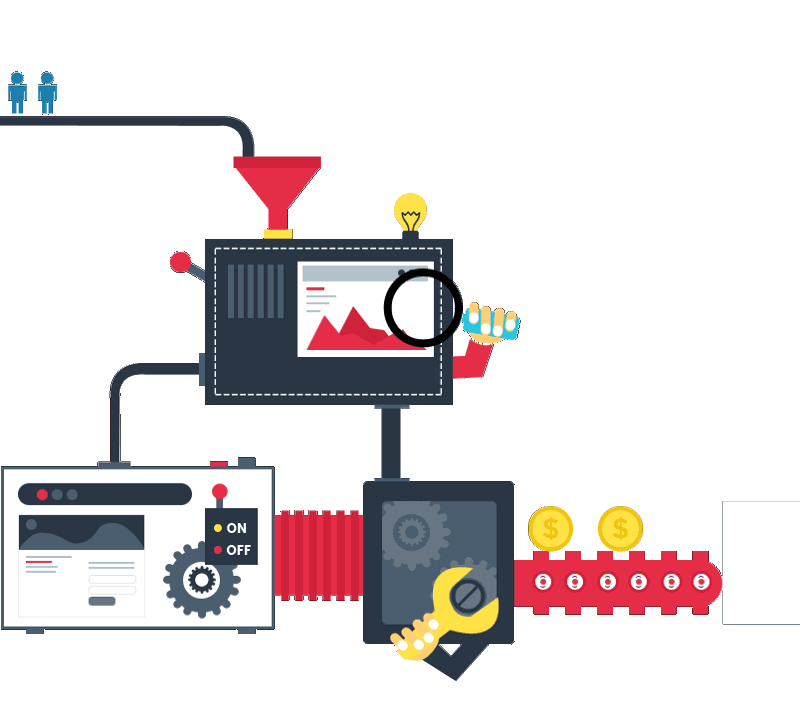
Because there are so many new technologies available today that tend to use up a lot of resources, and because Apache is one of the most widely used servers, Apache load balancing is often needed in order to ensure the smooth functionality of web applications.
Whether you own a hosting company or you have virtual hosting set up on an Apache server, the methods that our company employs for configuring and tweaking Apache can be of great help for you whether you want to run high load websites for yourself or for your clients.
The Uses of Apache Load Balancing
[announce]
One of the mainstream uses of load balancing is the ability to provide a single internet service from multiple servers. Load balancing is often used by large popular websites that either need to deal with a huge amount of traffic or offer large file transfer capabilities (or both).
Popular social networking sites, file transfer protocol websites and internet relay chat networks all need to use load balancing to ensure that they function properly.
Also, there are other ways of achieving load balancing, and the Apache HTTP server is capable of supporting many of them. While its performance may be considered one of the best, you will find that consistent and reliable request processing cannot always be achieved without taking special measures.
Apache Load Balancing – Configuring Your Server
When it comes to load balancing, Apache can support a variety of methods and algorithms that may be employed without special software or hardware requirements.
The HTTP server is equipped with a simple core to work with request and response processing; however, it can also be integrated with numerous multi-processing modules, many of which can be used to fine tune the server in order to ensure better functionality.
The problem is that there are many risks involved in using various strategies to ensure a proper Apache load balancing outcome, so, unless you take the time and effort to learn about all the various directives, protocol adjustments, proxy related tweaking methods and algorithms normally used for tuning the load balance of the server, you will need someone to do it for you.
Of course, the entire process may not be too difficult, but it really depends on what you want to achieve. Also, there are numerous issues that need to be taken into consideration: for instance, the server has to be properly secured before enabling proxying.
As you can see, configuring a server for the support of high load applications is not always easy, and unless you have an extensive amount of skills or experience in the field, you may run into a lot of problems.
Therefore, in the case of Apache, load balance can only be achieved safely with a deeper understanding of how the server works, as most of the methods and algorithms that may need to be used are not very easy to work with.
Our specialists can use a large variety of Apache load balancing methods to help ensure that your server runs without a problem, and that you can start working with extremely demanding websites and applications without ever having to worry about speed, reliability or overload issues again.


